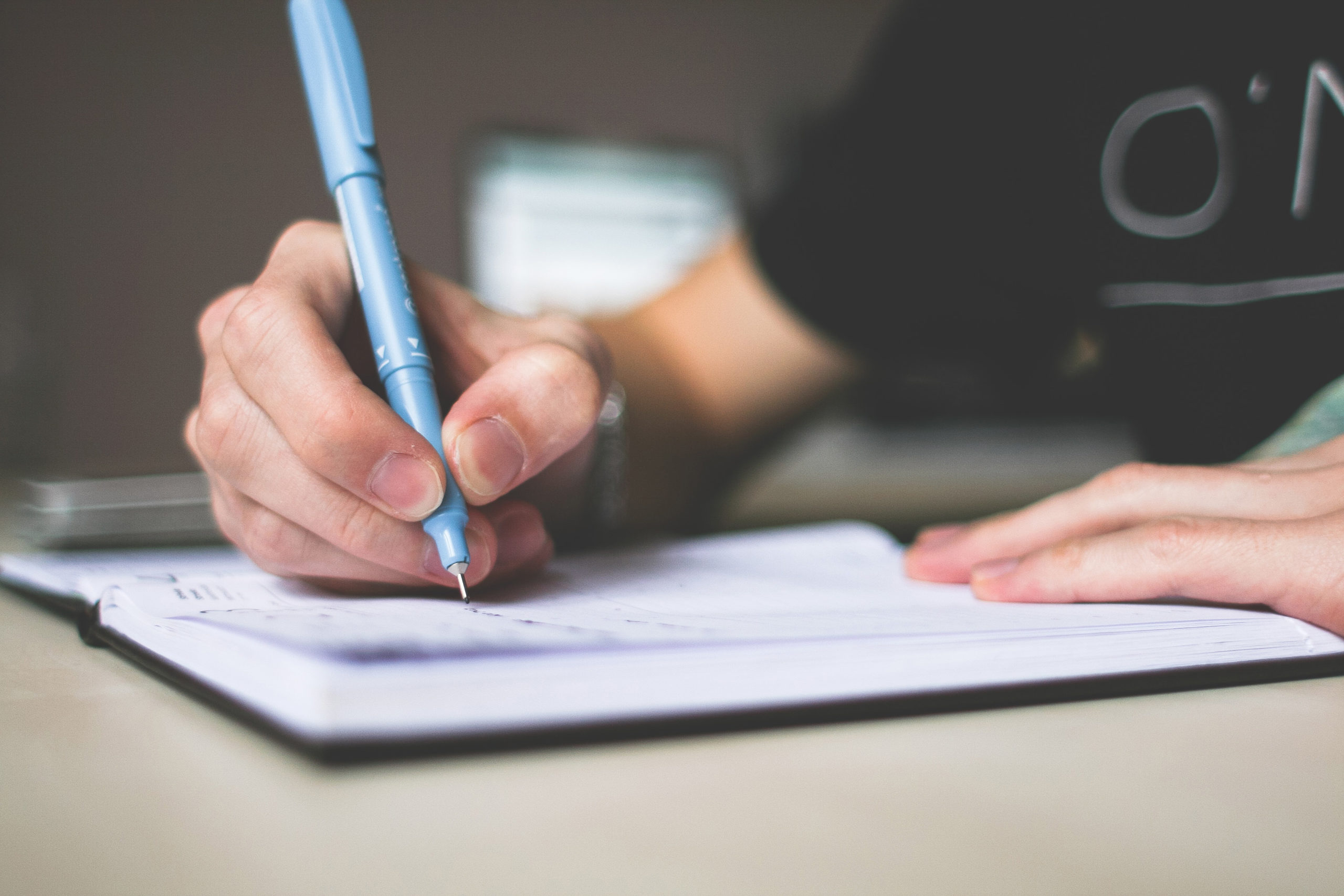Completing a drug and alcohol rehab program is a crucial part of addressing a substance use disorder and reclaiming ownership of your life. However, after your discharge from treatment, you must have a strategy for how you will avoid a dangerous return to substance abuse.
It’s essential to make a distinction between being in recovery from substance abuse and being cured of the disease. Like other chronic conditions such as asthma and high blood pressure, relapse is a characteristic of addiction. The National Institute of Drug Addiction estimates that up to 40 to 60% of people with substance use disorders will experience a relapse. While undergoing a relapse does not mean you’ve failed, you should still take all possible steps to prevent your substance of use from taking hold again after all the hard work you’ve done to break the vicious cycle of addiction. Consider these four tips for crafting your relapse prevention plan.
1. Identify Your Triggers
Every relapse prevention plan starts with knowing your triggers. These stressors are one of the most common pitfalls to your well-being in recovery. Part of successfully managing a substance use disorder over the long term involves maintaining a list of these threats and how they affect your well-being. Many people’s triggers include stress, loneliness, anger, boredom and tiredness. However, you might find your triggers are situational or associated with specific people, places and activities. Once you’ve defined your triggers, you can develop coping strategies for managing them, including meditation, yoga and deep breathing techniques.
2. Find New Ways to Spend Time
As substance use became a higher and higher priority in your life, it may have eclipsed all your other enjoyable hobbies. Once you achieve sobriety, you’ll need to choose healthy habits that don’t revolve around drinking or drug use. Some examples of these might include painting or drawing, solving crossword puzzles, knitting, learning a new language or playing a musical instrument.
3. Go to Therapy
While you’ll benefit from individual and group counseling with a licensed therapist during your stay in inpatient rehab, continuing your psychiatric care after you leave treatment will benefit you on your recovery journey. You’ll need to have an outlet where you can talk through your problems. In one-on-one therapy, a counselor will suggest healthy coping mechanisms and encourage you to focus on your mental health. Many people with addiction issues also find group therapy helpful because they can meet others who have struggled with similar challenges and can offer real-world advice for dealing with problems.
4. Know What to Do If You Feel Vulnerable to a Relapse
Even if you’ve identified your triggers, developed new hobbies and have plenty of support for your mental well-being, you can still fall prey to a relapse. Fortunately, a return to substance abuse doesn’t happen all at once, and if you start noticing the red flags of a relapse, you should know how to get the help you need before you spiral out of control. Some recovering substance users find their best option is to seek additional treatment by reentering an inpatient rehab center. In doing so, you can remove the influence of drugs and alcohol from your life and ensure you don’t have access to these substances at a pivotal time.
Contact New Found Life Today
At New Found Life, we are here for you 24/7/365 when you are ready to discuss your addiction recovery and the progress you can make. If you’ve accepted it’s time for you to get sober, the continuum of care we offer at our Long Beach rehab facility can restore your mental and physical wellness. Contact us today to find lasting freedom from drug and alcohol abuse.

